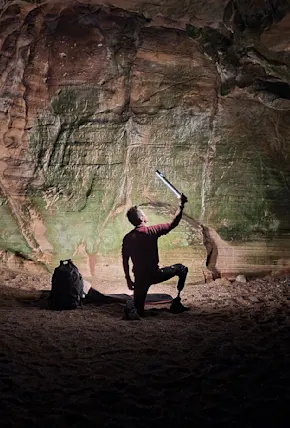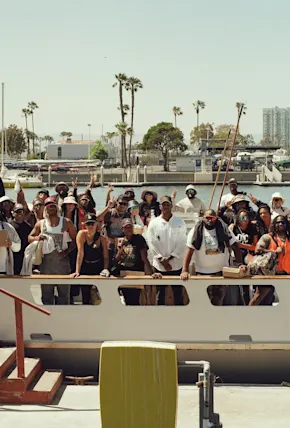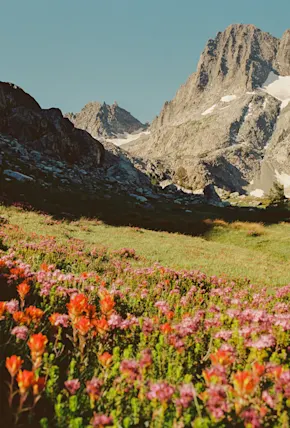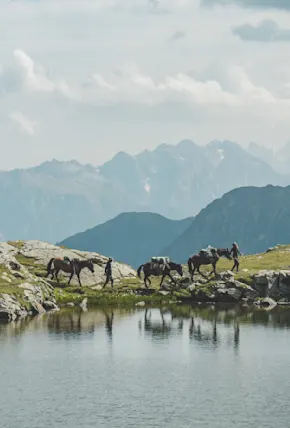Rory Griffin doesn’t mind getting a bit muddy. The photographer and Editor-in-Chief of Orienteer Mapazine, a quarterly UK-based publication focusing on the intersection of outdoor pursuits and technical apparel, is an avid runner who cut his teeth logging miles in the hills of his home country of England. Those hills, or “fells” as they're locally known, are notorious for their sodden, windswept nature, and are credited as the birthplace of modern British trail running.
Those specific geographical origins are why Griffin is a devotee of the trail running-adjacent sport of fell running. It's a tradition born in Northwest England's Lake District during the early 20th century, where attendees of local fairs would challenge each other to see who could get to the top of a nearby hill and back again the fastest. But the sport is more hardcore than it's bucolic roots suggest; forget trails, contestants would scale walls, wade through bogs, scramble up slopes, and generally do whatever it took to make it from A to B and back again as fast as possible. Strategy came down to speed and courage. A devil-may-care attitude continues to pervade the sport, as indicated by the widely held fell running philosophy for descending: "Brakes off, brains off."
But Griffin isn’t your average dirtbag runner, and when it comes to perspectives on modern outdoor apparel, he's among the first back to the fair. As a photographer and magazine editor he has a unique appreciation for aesthetics, particularly when function and form are perfectly balanced. The apparel he gets muddy in is some of the most fashion-forward running gear out there. Recently, we caught up with Griffin to learn more about running off-trail and being on-trend.
This interview has been edited and condensed for clarity.









